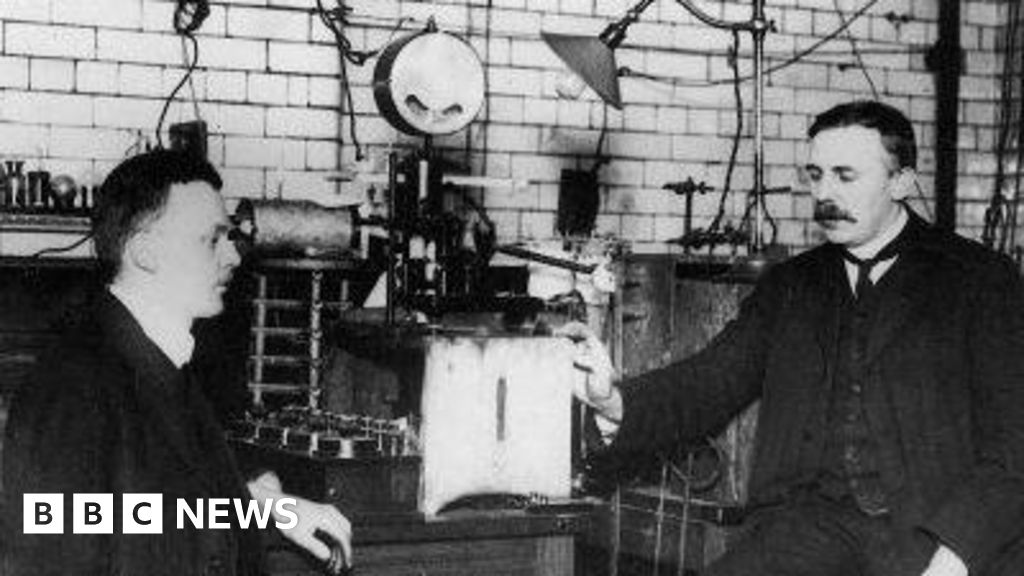Scientists based in Manchester, not the US, made the “key breakthrough” in splitting the atom, despite Donald Trump’s claims in his inaugural speech, says a lecturer at the university.
The 47th US President erroneously listed the feat among his country’s achievements during his address in Washington DC, after he was sworn on Monday.
The honour in fact belongs to New Zealander Sir Ernest Rutherford, who demonstrated atoms could be split during experiments at Victoria University of Manchester in 1919.
Dr James Sumner, a lecturer on the history of technology at the University of Manchester, suggested the president had confused the discovery with the later creation of the atomic bomb.
“I don’t think he [Trump] knew really what he was talking about,” Dr Sumner said, conceding splitting the atom was a “loose term”.
Big scientific discoveries tend to attract myths which supposes their creation to have occurred “at one moment by one person”, but the overarching research “tends to need collaboration across national boundaries,” he added.
Atoms split naturally, but in 1919, Rutherford oversaw the first artificially-induced nuclear reaction in human history at the Victoria University of Manchester’s laboratories.
The experiment involved bombarding a thin sheet of gold foil with alpha particles, and earned Rutherford, from Bridgewater on New Zealand’s South Island, the moniker the “father of nuclear physics”.
Dr Sumner said the reaction Rutherford identified might more accurately be described as the process of an atom “absorbing a bit of material and becoming something heavier”.
At the time, a colleague had suggested Rutherford label the process “transmutation”, but the New Zealander rejected the suggestion, as it “sounded like he had discovered the secrets of alchemy”, choosing, instead, the term “disintegration”, Dr Sumner explained.
“If you’re talking splitting in the sense of breaking apart into two equally-sized, or roughly equally-sized, bits, and doing that deliberately, and knowing what was going on, we’ve got to go a bit later for that,” he said.
Rutherford later oversaw a team at Cambridge University which successfully broke atoms into two parts in 1932.
“There are various different developments which are considered to be splitting the atom in different senses,” Dr Sumner said.
“None of them originated in the United States.”

